Blog
Maintenance
PreviousHow long do snow-rated tires last? Is it possible to properly maintain them for a couple extra snowy seasons? Here, we discuss how to maximize winter tire value and life.
Research Categories
Get free, simple, and expert-backed tips on everything you need to know about buying your next vehicle (or making your current one last longer).
Sign Me Up!
Maintenance | Nov 15, 2022
Batteries live a sad and lonely life, and they can suddenly die for a variety of reasons.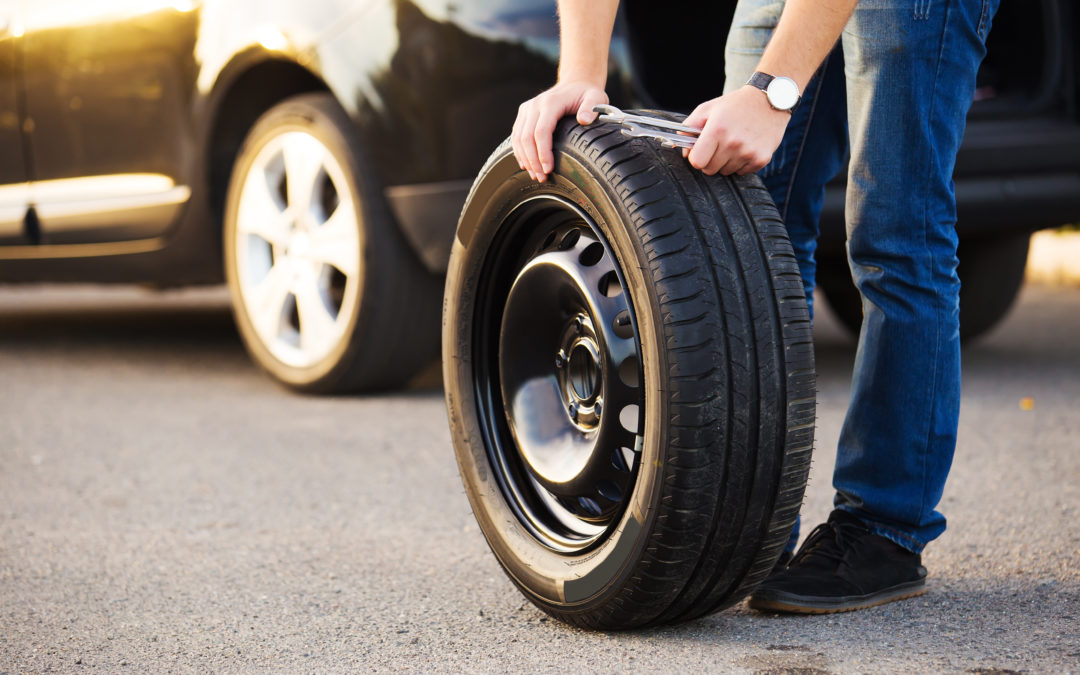 When your battery dies, you can figure those reasons out later with th...
When your battery dies, you can figure those reasons out later with th...
Maintenance | Nov 8, 2022
Warning lights in the instrument cluster provide information on potential vehicle issues and safety concerns. We have a list of many of them and what they mean....
Read this StoryMaintenance | Nov 4, 2022
There may be several lights in your car’s instrument cluster, but the one that always seems to stand out is the one you don’t want to see: the check engine ligh.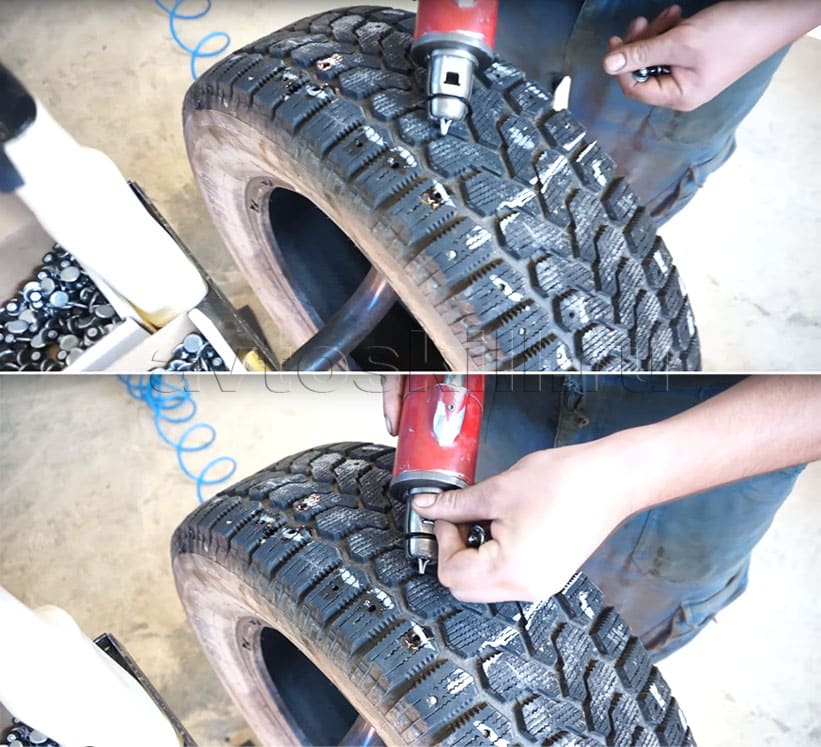 ..
..
Maintenance | Oct 17, 2022
From the moment you hit the road in your brand new car or truck, its value begins to decrease. Your vehicle becomes worth less and less with every passing day a...
Read this StoryMaintenance | Oct 13, 2022
How much do winter tires cost for low-end, mid-range & premium brands? What impact do tires sizes and brands have on total costs? We explain, plus offer 5 simpl. ..
..
Maintenance | Oct 7, 2022
The continuously variable transmission, or CVT, is finding its way into more vehicles all the time. Knowing more about CVTs can help you make the right decision...
Read this StoryWhile there's no set "life expectancy" for studded tires, many tire makers prove that you ought to get four periods of wear from a lot of studded tires. Track wear on winter tires will rely vigorously upon what number of miles you drive every month, and whether those miles are essentially on day off ice secured streets. Or if you routinely have a blend of day off solidified dry streets.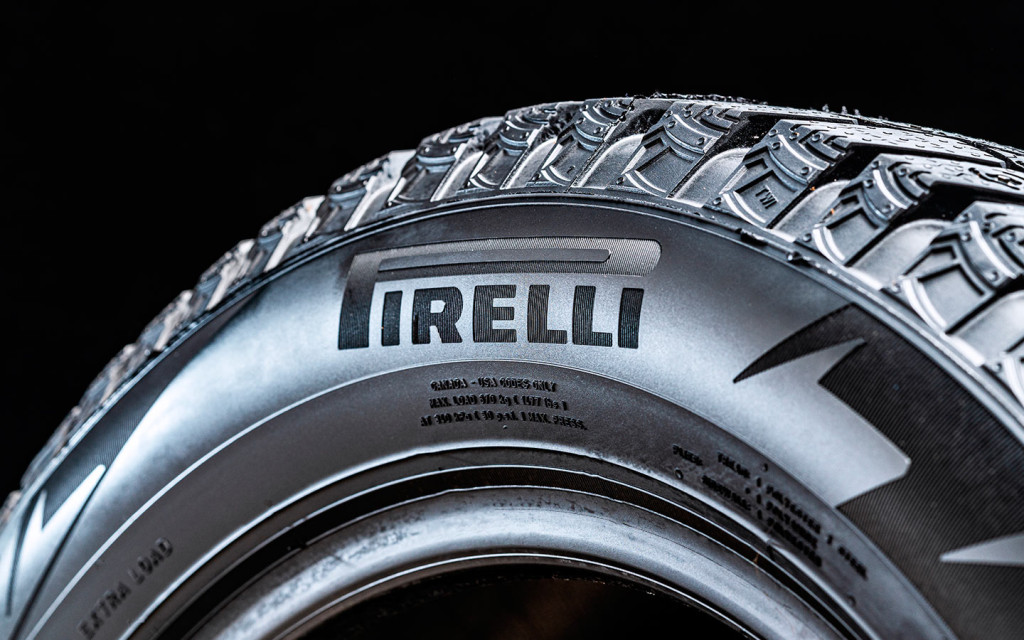
The track will wear all the more rapidly if the tire is running on freezing street surfaces than if they are on snow for a large part. Low mileage drivers will get any longer use out of their winter tires than drivers who have both long winters and drive long separations. The life expectancy of your tire will likewise be legitimately identified with the first nature of the tire, and the degree of care they're given.
People often get studded tires when winter comes
To clear up your queries about how long do studded tires last, we have picked up the most asked and give a brief answers for you. Let’s check out!
Studded tires are intended to be installed on studdable winter tires. They work to enhance footing in select winter conditions. Studdable winter tires are sold without studs. They should be gained and installed independently.
Studded tires have a huge distance across round and hollow end that roots down into the tire track. Also, they create a little tungsten carbide pin that stretches out from the "dynamic" finish of the stud. Hard elastic studs are likewise accessible.
Also, they create a little tungsten carbide pin that stretches out from the "dynamic" finish of the stud. Hard elastic studs are likewise accessible.
Once installed, the top pin of the stud stretches out past the outside of the tire track by around 1/32", and attempts to enter solidified roadways to give additional hold. Let’s think about studs pounding and tearing into solidified precipitation under wheel turn.
Just studdable winter tires can have studs installed. These tires have been built with preset areas (gaps) for the studs. Endeavoring to stud studless tires could cause auxiliary integrity issues, and jeopardise the performance and security of the tire.
Like normal tires, studded tires wear out as well. That is the reason you can just put studs on new tires that have never been utilized. You can't put a stud nor re-stud tires which were at that point driven on in light. Because it may cause genuine tire harm from erroneous stud lengths or flotsam and jetsam that were caught under the stud.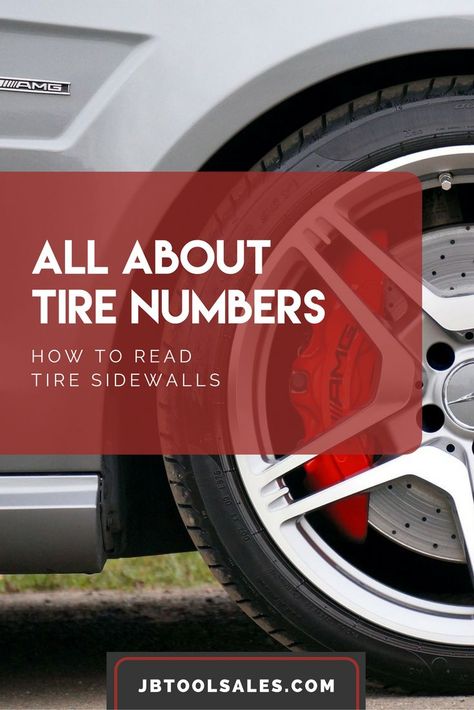
Studs typically last 20-30K miles before they become futile
Tire studs wear out as they are driven on frigid surfaces. The pins on studded winter tires wear a little more slow than the metal housings around them holding the stud's productivity to keep on running on a frosty surface.
Be that as it may, when a winter studded tire's track wears out to roughly 5/32", the studs step by step lose viability in running on profound day off. Studded winter tires are viewed as destroyed when the track profundity is underneath six mm.
Here are a few signs that will disclose to you when studded tires have worn out:
Any cut on your tire that estimates 1/4" can be fixed by the specialist. Notwithstanding, when you are out and about and can't contact any specialist, swap your tire with the extra to forestall further harm on the track.
The necessary pneumatic force ought to consistently be followed to maintain a strategic distance from under-expansion or over-swelling that can harm your tire. The prescribed tire pressure is shown on the vehicle manual.
The prescribed tire pressure is shown on the vehicle manual.
A lump flags the requirement for substitution. When a lump shows up superficially, it demonstrates that the tire's ropes are harmed as of now.
Studded winter tires have one demonstrated execution advantage over studless: Studded tires give predominant grasp on cold and hard-pressed blanketed streets.
Studded winter tires give an extra degree of hold since they're not simply interfacing with the street surface condition. The studs infiltrate solidified precipitation, and delve in like scaled down grapples.
At the point when the driver quickens, brakes, or turns on ice with studded winter tires, the person has the joined bit of leeway of both the winter tire compound and studs pawing into the ice. This improves grasp and vehicle dealing with responsiveness.
Studded tires may reveal more cons than pros
Studs are extremely just favorable in frosty and hard-stuffed snow conditions.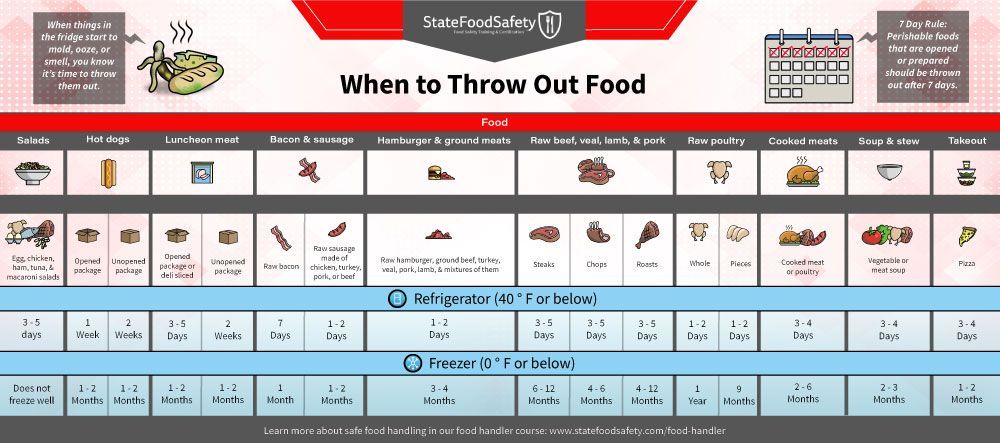 At the point when winter streets are dry or wet, studs really decline footing potential. In these conditions the tire track compound is the establishment of tire hold.
At the point when winter streets are dry or wet, studs really decline footing potential. In these conditions the tire track compound is the establishment of tire hold.
Studs are also known to create extra street commotion, including a ticking sound as the studs contact the asphalt. What's more, in frigid, slushy, or blended conditions, the footing points of interest of studs are negligible.
Another inconvenience is the cost that studs take on cleared streets. Studded tires additionally cause rutting of streets, particularly interstate thruways. This can prompt security issues like pooling water, hydroplaning, and other vehicle control issues.
Are studded tires directly for you? As usual, the appropriate response relies upon the sort of driving you do the frequently, and your financial limit. Then, how long do studded tires last? We may not have a specific number, but from all the factors that combined, everyone has their own answer.
Reading 5 min.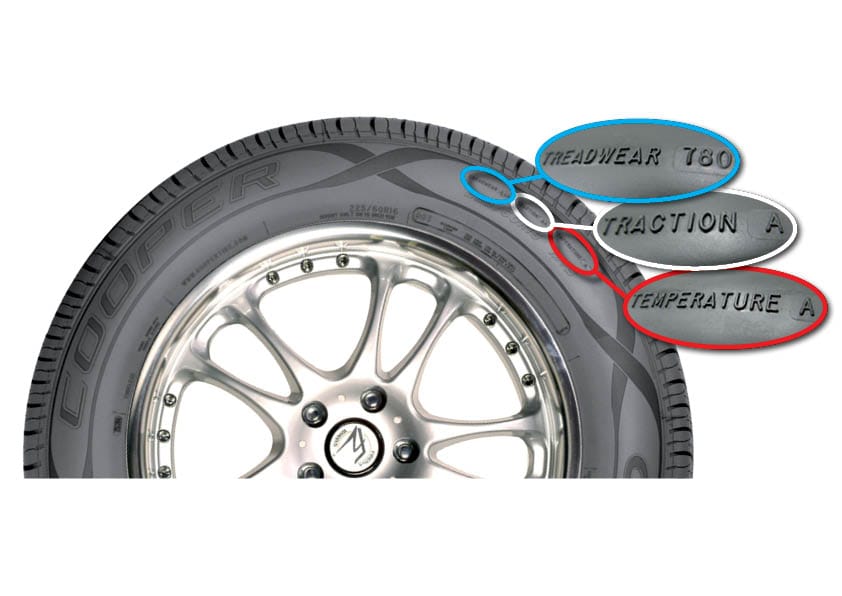 Views 46.7k. Posted by Updated
Views 46.7k. Posted by Updated
Winter tires are softer than summer tires, therefore, they wear out much faster. So what is the lifespan of winter tires? How to buy good studded tires in the secondary market and not regret it? Let's take a closer look at this important topic for motorists.
Content
All car tires are made from a rubber compound and are therefore subject to gradual wear. The degree of wear is influenced by many factors. But there are standards that allow you to determine
The degree of wear is influenced by many factors. But there are standards that allow you to determine
According to Russian GOST 4754-97, a warranty period of 5 years from the date of manufacture is established for pneumatic tires for passenger cars. For off-road tires, this expiration date according to GOST has been increased to 10 years.
If your tires are older than 5 years, have them thoroughly inspected before use.
The use of rubber older than 8 years from the date of manufacture is very dangerous. During such a period, the rubber product becomes inelastic, and the grip of your passenger car with the road on these tires will be extremely low.
Finding out the age of a tire is easy, just look at the marking on its side. The year of manufacture is the 3rd and 4th digits of the code, while the 1st and 2nd indicate the week of production. From this date, count the expiration date of rubber according to GOST.
From this date, count the expiration date of rubber according to GOST.
There are 2 types of winter tires:
Each of them has its own advantages and disadvantages.
studded tires are safer on snow. They are not afraid of severe frosts . They show good grip on roads covered with ice and sleet, which shortens the braking distance. When driving on wet asphalt, the result is worse than Velcro. By The disadvantages of studded tires include heavy weight, high noise levels, quick wear and increased fuel consumption.
Velcro tires are made from soft rubber that can withstand low temperatures. This ensures perfect traction with the road surface, or “sticking”. Velcro is ideal for mild climates (not below 0°C) and city driving. For driving on ice and snow are not suitable for , the braking distance is longer than for tires with spikes. The service life of Velcro winter tires is longer than studded.
The service life of Velcro winter tires is longer than studded.
Velcro winter tires always last longer than studded tires. But such tires are not suitable for the Russian winter.
When asked about tire life, Nokian replied: “The recommended tire life is six years and the recommended maximum is 10 years.” They also advised to pay more attention to checking their technical condition, rather than the date of production.
The wear and tear of car tires is affected by many factors : country of manufacture, mileage, operating and storage conditions. We list the main ones.
We list the main ones.
Store rubber in a cool, dark and dry place. Excessive temperature, humidity and sun are detrimental to rubber products. Tires on rims should be stacked for storage and empty tires stacked vertically side by side.
Regularly check the pressure in the tires - low values adversely affect the life. Also do not pump tires, when using the pump, be sure to check the result with a pressure gauge. For the winter period, the pressure is 0.2 bar higher.
Reduced tire pressure by 2 bar increases the braking distance by 1.5 times.
Refer to the following table for the correct values.
For the long life of car tires and their minimum wear, you should follow the rules:
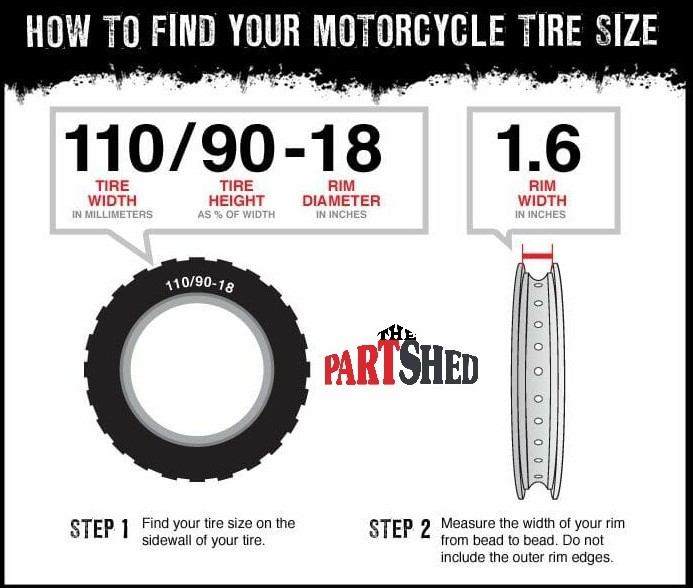 So you will extend the life of studded tires by 40%, compared to driving at speeds over 120 km per hour.
So you will extend the life of studded tires by 40%, compared to driving at speeds over 120 km per hour. Another danger for tires is the imbalance of the wheels of a car. This also increases the wear rate of the rubber. When changing tires from winter to summer and vice versa, be sure to balance the wheels.
Also, due to the imbalance of the toe, the car loses control, it pulls to the side, which can lead to an accident.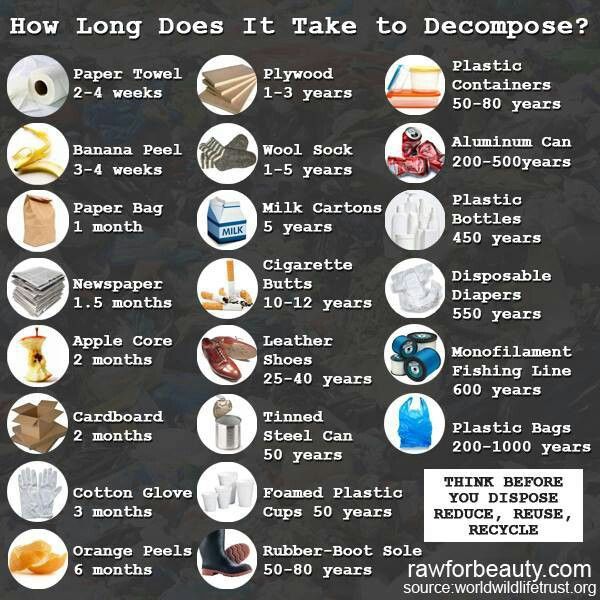 To avoid such problems, adjust the wheel alignment in a car service in time.
To avoid such problems, adjust the wheel alignment in a car service in time.
The operation of summer tires becomes dangerous if the residual tread height is less than 1.6 mm. For winter tires, the norms are stricter - the tread cannot be less than 4 mm. In these cases, the rubber should be replaced. Also on Nokian and BridgeStone there are indicators in the form of numbers or snowflakes that will help you determine wear in time.
In our harsh winter climate, many people prefer studded tires. It should be inspected for the presence and condition of the spikes. Insufficient amounts prevent the tire from gripping the snow or ice-covered surface. Manufacturers say that without counting 40% of the studs, the tire loses its qualities.
In conclusion, watch a video about tire wear and how many seasons winter tires last.
Consumer disputes over the age of tires have not subsided for several seasons.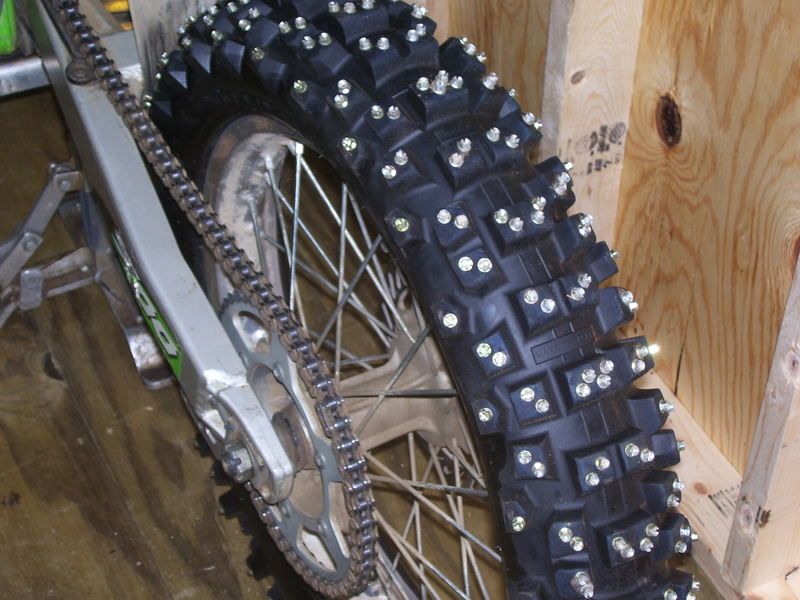 Buyers are excited that the warranty period for tires is limited to 5-6 years according to GOST, and after the expiration of this period, the rubber becomes unusable.
Buyers are excited that the warranty period for tires is limited to 5-6 years according to GOST, and after the expiration of this period, the rubber becomes unusable.
Is this really the case, read this article.
Manufacturers of most brands for their products set shelf life - 5 years and the service life is also 5 years .
The shelf life of a tire is the period during which it retains its performance when properly stored.
The end of this period does not mean that the tires have become unusable . A shelf life of 5 years is given by manufacturers because, by law, they cannot set a shelf life higher than the service life. Tires over 5 years of storage cannot be called damaged or defective, their technical characteristics may be slightly reduced. American researchers argue that the period of storage of "shoes" must be at least 10 years. Experts from Germany are sure that it cannot exceed 6 years.
The expiration date of tires is the warranty period during which the manufacturer is responsible for the quality and condition of the tire if it was used for its intended purpose without violating the operating rules.
According to Russian legislation (GOST 5513, GOST 4754-97) , the service life of tires is 5 years from the date of manufacture.
How can I find out the date of manufacture of tires?
You can find out the age of tires by a special DOT code. Tires manufactured after 2000 in the DOT code contain two pairs of numbers, where the first pair indicates the week number of the year, and the second pair indicates the year. Earlier tires before 2000 have 3 numbers in their composition, where the first two digits are the week number, and the last one is the year (see the transcript in the photo).
Determination of the average shelf life of a tire according to GOST and operating conditions.
- The symbol ZR denotes tires for high-speed cars. They are recommended to be used at speeds over 240 km/h. up to 6 years
- Tires with the H symbol are used at a maximum speed of 210 km/h. within 5 years.
- The sign S symbolizes the maximum permissible speed of 180 km/h. and operational period of 4-5 years.
Most tire manufacturers do not agree that tire life is limited to 5 years. Each company has its own opinion on this matter. We analyzed several of them and the information they posted on their official websites.
Michelin
The French tire manufacturer Michelin has become famous for its active fight against the perception of the rapid aging of tires as a perishable product. Her information campaign "Tires Are Not Bananas" created a lot of noise in the automotive environment. According to the representative office, several test trials were carried out in Saudi Arabia, South Korea and Germany.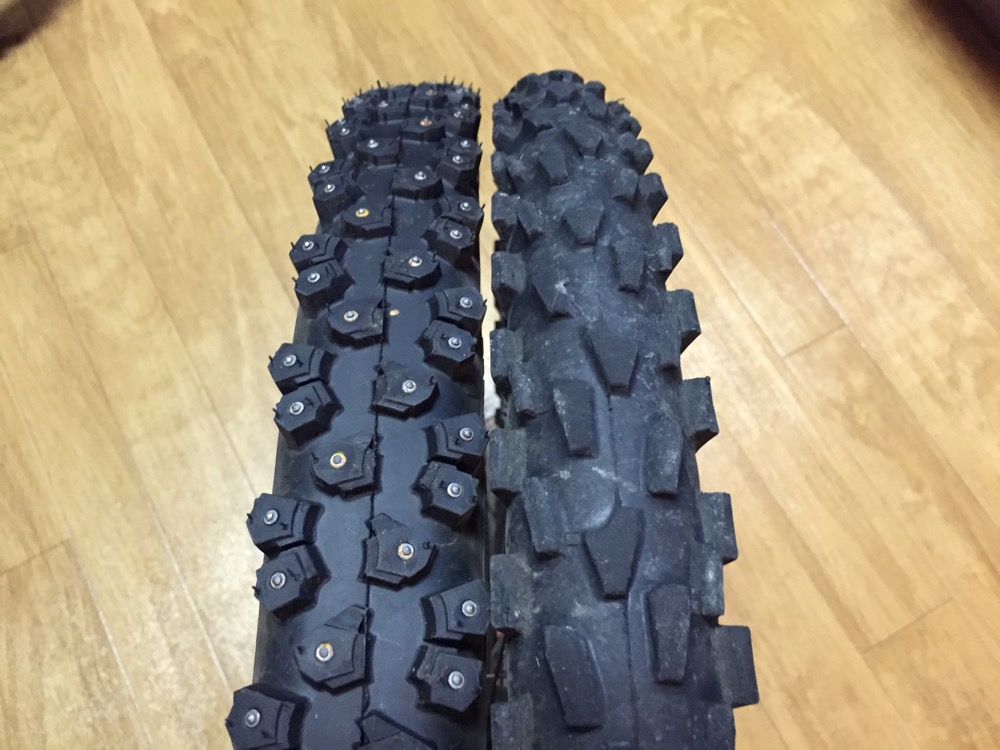 As a result of testing, no difference was found between new tires and tires stored for 3 years. They were tested for various characteristics such as rolling resistance, high speed durability, etc. Tires with a year life were approximately equal in performance to 10-year unused tyres.
As a result of testing, no difference was found between new tires and tires stored for 3 years. They were tested for various characteristics such as rolling resistance, high speed durability, etc. Tires with a year life were approximately equal in performance to 10-year unused tyres.
Michelin focuses the attention of car owners on the fact that tires are not a perishable product, their shelf life is not as important as the service life is important, starting from the date the tires are installed on the rims. It is from this moment that the tire is subjected to all tests: pressure, temperature changes, wear, contact with uneven and sharp coatings, etc.
Continental
On the Russian official website of Continental, we found the following information on the expiration dates of tires.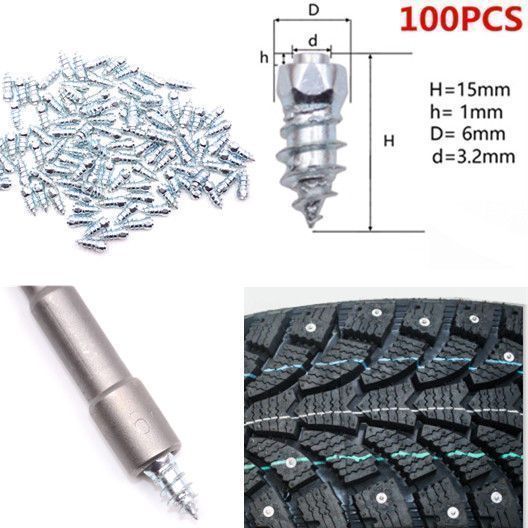
“When a tire is stored in the correct position and under the recommended conditions, it will not lose its original balanced performance for 5 years from the date of manufacture of the tire.
A properly maintained, unused tire less than 5 years old can be sold as a new tire and used normally.
Continental recommends replacing all tires (including spares) with a sidewall date greater than 10 years.
Nokian
The following information is posted on the Nokian official website:
“Tire life is not defined by law, but tires can only be considered “new” if they have been manufactured within the last five years. The recommended service life of tires is six years and the recommended maximum period is 10 years.
The opinion of our specialists, based on many years of experience, coincides with the opinion of manufacturers: the shelf life is 5 years + the service life is up to 10 years. Moreover, more "adult" tires, in our opinion, are of better quality.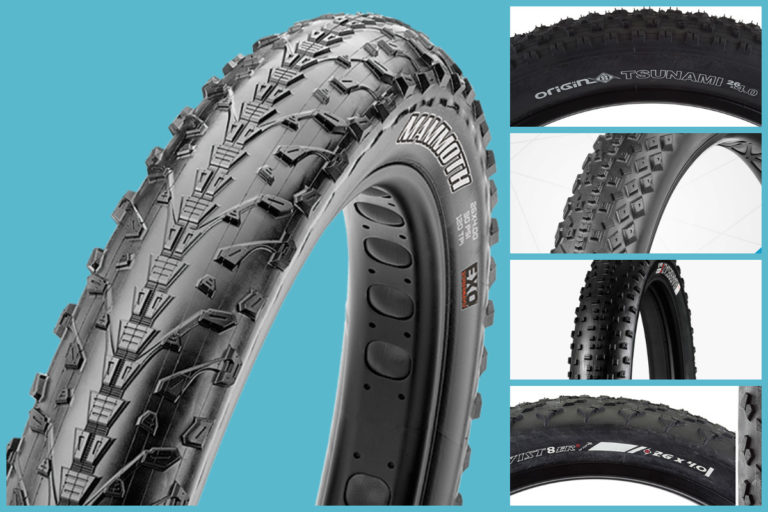
To keep tires as long as possible, they are stored in compliance with all rules and recommendations. The main condition is a cool, ventilated, darkened room away from oils, paints, ozone, and heat sources.
Rubber products tend to lose their performance over the years. To prevent and slow down this process, manufacturers add polymers to the rubber compound. They prevent oxidative processes that occur due to the interaction of protectors with oxygen and ozone.
The following are the main conditions for the proper storage of tires in accordance with GOST 24779-81:
Maintaining a constant regime without sudden jumps, slight temperature fluctuations from -30°С to +35°С are allowed;
Provide a low humidity level of 50-80% in a dry, ventilated cool room;
Avoid direct sunlight, use darkened hangars, shield heat sources;
Keep away from sources of heat;
Tires should not come into contact with corrosive, copper materials.
Avoid kinking, loading or positioning on an uneven surface.
Avoid contact with oils, organic solvents, acids, alkalis, fuels and lubricants on the tire surface. It is forbidden to lay tires on a wet and dirty surface.
In the warm season, when storing tires outside, they should be covered with light-tight material and raised above ground level to ensure ventilation and prevent the occurrence of the greenhouse effect.
Storage on reflective, light and heat absorbing surfaces is prohibited.
Keep away from chemicals, oils, paints, open flames, electric motors that produce ozone.
Used tires must be washed and dried.
Tires without rims should be stored upright.
The service life depends on many factors: the load on the car, the quality of the roads, the driving style, the distance traveled, tire damage, etc.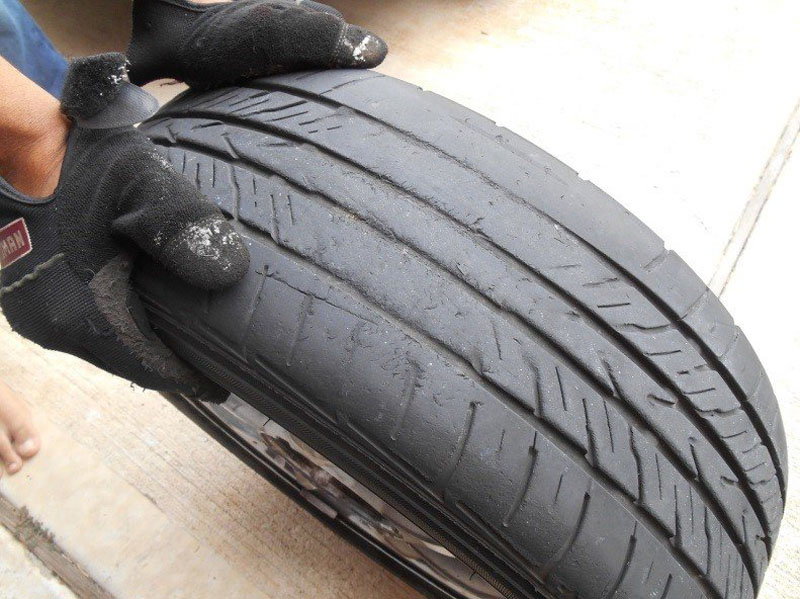 To increase their service life, follow these rules:
To increase their service life, follow these rules:
Check tire pressure every 2-3 weeks. With reduced pressure, tire wear increases by the equivalent of a % reduction. For example, a 15% reduction in pressure can result in a 15% reduction in service life. Inflated tires are less scary.
The wear of the front tires is always significantly higher than the rear ones, so it is recommended to swap them after some time, carefully watching the direction of the tread pattern and the direction of rotation.
Proper alignment of tires in relation to rims. If the direction is not the same, then performance is significantly reduced.
To prevent damage to the sidewalls of tires, avoid close proximity to curbs and high ledges.
Wash off dirt from the surface of the rubber and from deep grooves with special cleaning agents.
Adhere to an even driving style without harsh brakes and quick starts.